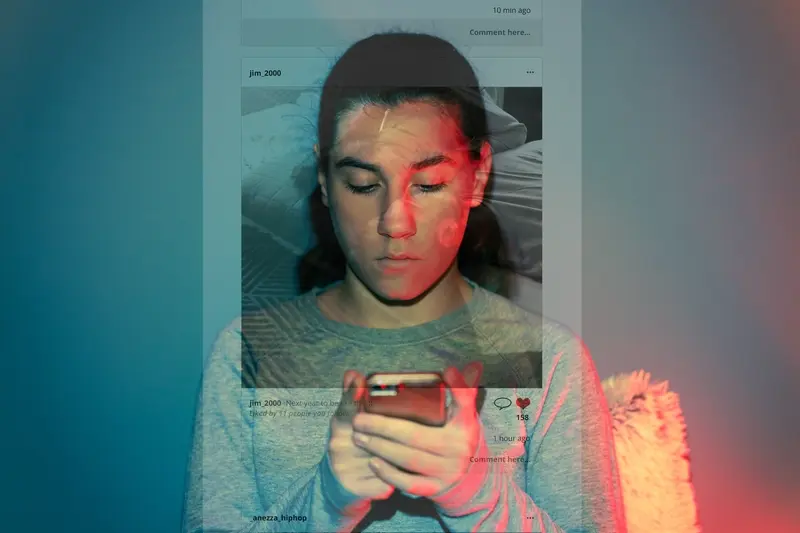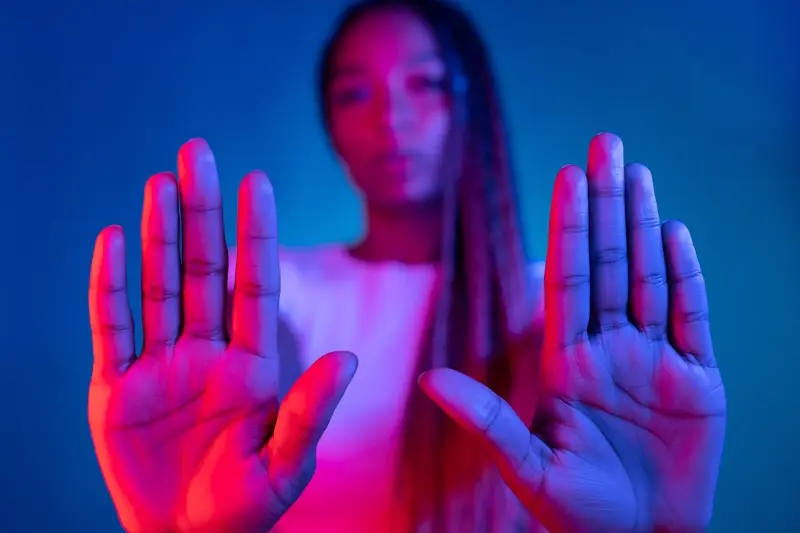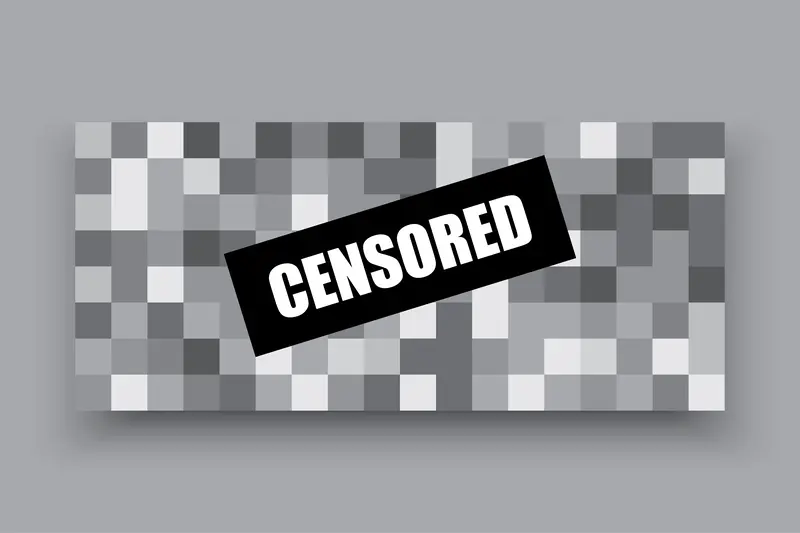What Safety Features Should My Dating App Have To Protect Users?
Just last month, a friend told me about her experience using a popular dating app. She'd been chatting with someone for weeks, and when they finally met up, the person looked nothing like their photos and made her feel uncomfortable throughout the entire evening. She had no way to verify who this person really was beforehand, and worse still, she realised she'd shared quite a bit of personal information during their conversations. It got me thinking about how vulnerable people can be when they're looking for love online.
Building dating apps has become one of my specialities over the years, and I can tell you that user safety isn't just a nice-to-have feature—it's absolutely fundamental. Every single day, millions of people swipe, chat, and meet up with complete strangers through these platforms. Without proper safety features and user protection measures, you're basically sending people into the wild west of online dating.
The most successful dating apps aren't just the ones that help people find matches; they're the ones that make users feel safe whilst doing it
The reality is that security concerns can make or break a dating app. Users need to trust that their personal data is protected, that the people they're talking to are genuine, and that they have tools to deal with inappropriate behaviour. Getting these safety features right from the start will determine whether your app thrives or becomes another cautionary tale about online dating gone wrong.
Photo Verification and ID Checking Systems
When I'm designing dating apps, photo verification is one of the first safety features I recommend—and for good reason. Users want to know they're talking to real people, not catfishes or scammers hiding behind stolen photos.
Photo verification works by asking users to take a selfie in real-time, often mimicking a specific pose or gesture. The app then compares this live photo against their profile pictures using facial recognition technology. It's not perfect, but it catches most fake profiles before they can cause trouble.
Types of Verification You Can Implement
- Live selfie verification with pose matching
- Government ID document scanning
- Social media account linking
- Phone number verification
- Two-step verification processes
ID checking takes things a step further by requiring users to upload official documents like driving licences or passports. This creates a higher barrier to entry—some users won't bother—but it dramatically improves trust and safety.
The Trade-off Between Security and User Experience
Here's the thing about verification systems: they work brilliantly for safety but can be a right pain for user onboarding. People want to start swiping immediately, not spend ten minutes taking selfies and uploading documents. You'll need to find the sweet spot between thorough verification and smooth user experience that works for your specific audience.
Reporting and Blocking Tools for Bad Behaviour
When I'm working with dating app clients, one of the most uncomfortable conversations we have is about the reality that some users will behave badly. It's not pleasant to think about, but harassment, inappropriate messages, and unwanted contact happen on every platform—and your app needs robust tools to deal with it quickly.
The most basic safety features your app needs are straightforward reporting and blocking functions. Users should be able to report problematic behaviour with just a few taps, and they need to be able to block someone instantly without having to jump through hoops. I've seen apps where the reporting process takes five or six steps, and frankly, that's five steps too many when someone feels unsafe.
Making Reporting Simple and Effective
Your reporting system should include clear categories for different types of bad behaviour. This helps your moderation team respond appropriately and makes users feel heard. The most common issues include:
- Harassment or abusive messages
- Fake profiles or catfishing
- Inappropriate photos or content
- Spam or commercial solicitation
- Threatening behaviour
Always include a "something else" option with a text field—you can't predict every type of problematic behaviour users might encounter.
The blocking feature should work immediately and completely. When someone blocks another user, that person shouldn't be able to see their profile, send messages, or appear in their matches ever again. No second chances, no cooling-off period—just immediate protection.
Location Privacy and Data Protection
When I'm working with dating app clients, location features always come up—everyone wants that "find matches nearby" functionality. But here's the thing: location data is incredibly sensitive information that needs proper protection. We're talking about people's daily routines, where they live, work, and spend their free time.
The biggest mistake I see is apps that share exact locations rather than approximate distances. Your users don't need to know someone is at 123 Main Street; they just need to know they're "2 miles away" or "in your area." This protects people from being stalked or having their movements tracked by strangers.
Essential Location Protection Features
- Distance-only display (never exact addresses)
- Location fuzzing—showing approximate rather than precise coordinates
- User control over location sharing (on/off toggle)
- Automatic location data deletion after set periods
- Geofencing to hide profiles when users are at sensitive locations like home or work
Data protection goes beyond just location though. Your app needs robust encryption for all personal information, secure servers, and clear privacy policies that explain exactly what data you collect and why. Users should be able to delete their data completely when they leave your platform—not just deactivate their account whilst you keep everything stored away.
Background Checks and User Screening
I'll be honest—background checks are one of those safety features that dating apps often skip because they're expensive and complicated to implement. But they're also one of the most effective ways to filter out genuinely dangerous users before they even join your platform. The technology exists to run criminal background checks, verify employment history, and cross-reference social media profiles, but most apps don't bother.
The Reality of Screening Costs
Running proper background checks costs money for each user—sometimes several pounds per person. That adds up quickly when you're trying to build a user base. Some apps compromise by doing basic checks on email addresses and phone numbers, which catches fake accounts but misses the serious safety risks.
The most successful dating apps we've built always invest in some form of user screening, even if it's just checking against known scammer databases
What Actually Works
You don't need full criminal background checks for everyone, but you should screen for sex offenders and people with violent criminal histories. Social media verification helps too—asking users to connect their Facebook or Instagram accounts makes it harder to create completely fake profiles. Phone number verification catches most bot accounts and duplicate users trying to circumvent bans.
The key is finding the right balance between thorough screening and user experience; nobody wants to wait three days to start swiping.
Real-Time Monitoring and Content Moderation
I've worked on plenty of dating apps over the years, and one thing that always comes up in client meetings is how to keep the bad actors out. Real-time monitoring is like having security guards watching your app 24/7—they spot trouble before it gets out of hand.
Modern dating apps use automated systems that scan messages as they're sent. These systems look for inappropriate language, spam, or anything that might make users uncomfortable. The clever bit is that they learn over time; what starts as basic keyword filtering becomes much smarter at catching troublemakers.
What Gets Monitored
- Text messages between users
- Profile photos and descriptions
- Reported content from other users
- Unusual user behaviour patterns
- Links to external websites or social media
The tricky part is finding the right balance. Too much monitoring and genuine users feel like they're being watched constantly. Too little and harmful content slips through. Most successful apps combine automated detection with human moderators who review flagged content.
Response Times Matter
When someone reports inappropriate behaviour, quick action builds trust. Users need to know their safety concerns are taken seriously—not left sitting in a queue for days. The best apps aim to review urgent reports within hours, not weeks.
Safe Meeting Features and Emergency Contacts
When users finally decide to meet in person, that's when dating apps need to step up their safety features the most. I've worked on several dating platforms over the years, and the transition from online chatting to real-world meetings is where most safety concerns arise—this is where your app can genuinely protect people.
Smart dating apps now include check-in features that let users share their meeting plans with trusted contacts. Users can set a timer before their date; if they don't check in within that timeframe, the app automatically sends their location and date details to pre-selected emergency contacts. Some apps go further by integrating with local emergency services, though this requires careful legal consideration.
Location Sharing and Safety Networks
Real-time location sharing during dates gives users peace of mind without being intrusive. The best implementations allow users to share their live location for a specific duration with chosen contacts. Once the date ends, location sharing stops automatically—no manual switching off required.
Building a safety network within your app lets users designate trusted friends or family members who can receive alerts. These contacts don't need to have the dating app installed; they can receive notifications via SMS or email.
Include a one-tap panic button that immediately contacts emergency services and sends location data to the user's safety network—this feature could genuinely save lives.
Privacy Settings and Profile Control Options
I've worked on dozens of dating apps over the years and one thing I always tell my clients is this—users need to feel in control of their own data. It's not just about ticking a box for legal compliance; it's about building trust. When someone downloads your dating app, they're sharing incredibly personal information about themselves, their preferences, and their romantic life.
The privacy settings you offer can make or break user retention. People want granular control over what they share and with whom. This means giving users the ability to hide their profile from certain age groups, locations, or even people they might know through mutual connections on social media.
Profile Visibility Controls
Your app should let users choose exactly how visible they want to be. Some people want maximum exposure whilst others prefer a more selective approach.
- Toggle profile visibility on and off completely
- Hide from users within a certain distance radius
- Block profiles linked to contacts or social media friends
- Control which photos appear to which users
- Set age range restrictions for who can view their profile
Data Control Features
Users should be able to download all their data, delete their account permanently, and control how long their information is stored. The more transparent you are about data handling, the more users will trust your platform with their personal information.
Conclusion
Building a dating app without proper safety features is like opening a nightclub without bouncers—you're asking for trouble. After working with dating apps for years, I can tell you that user protection isn't just a nice-to-have feature; it's what separates successful platforms from those that get shut down or abandoned by users.
The safety features we've covered—from photo verification to emergency contacts—work best when they're layered together. Think of them as different locks on your front door. One might fail, but having multiple security measures means your users stay protected. Real-time monitoring catches problems as they happen, whilst background checks stop them before they start.
What I find most interesting is how users' expectations have changed. People now expect these safety features as standard, not as premium add-ons. If your app doesn't have robust reporting tools or location privacy controls, users will simply find one that does. The competition is fierce, and trust is hard to rebuild once it's lost.
Remember that safety features need regular updates too—scammers and bad actors are constantly finding new ways to exploit systems. The dating apps that succeed are the ones that stay one step ahead, constantly improving their security measures based on real user feedback and emerging threats.
Share this
Subscribe To Our Learning Centre
You May Also Like
These Related Guides

What Are The Legal Requirements For Building Social Media Apps?

How Do I Handle Inappropriate Behaviour And Content In My Dating App?



